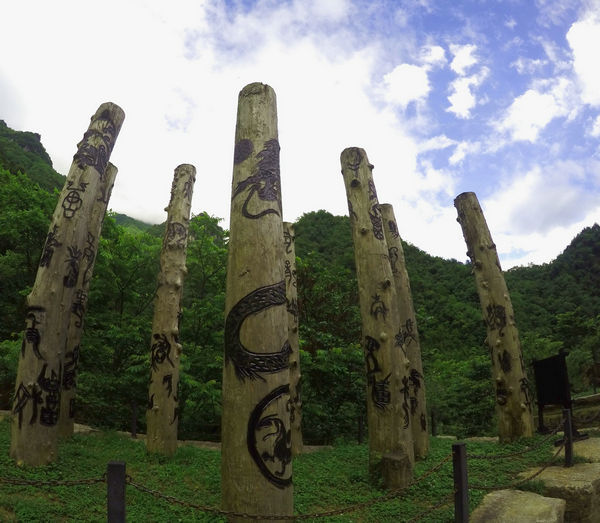Green paradise
 0 Comment(s)
0 Comment(s) Print
Print E-mail China Daily, June 19, 2017
E-mail China Daily, June 19, 2017
|
Shennongjia's well-preserved natural beauty recently earned it the privilege of hosting the first China Cultural and Natural Heritage Day and a world natural heritage conference on June 10. [Photo by Yang Feiyue/China Daily] |
Then, mass lumbering began, and local forest coverage came down from 76.4 percent to 63.5 percent.
This severely disrupted the vegetation and the wildlife habitats there, says Wang.
As a result, the temperature in Shennongjia and even central China rose 2 degrees C and the water levels in local rivers rose 2 to 3 meters in general.
The Yangtze and Hanjiang rivers also saw loss of soil.
The repercussions were a rude shock for the Hubei government, which then approved the setting up of the Shennongjia natural reserve in 1982.
In March 2000, lumbering was stopped in Shennongjia and trees began to be planted to restore the land.
Ten years later, local forest coverage grew from 1,194 sq km to 2,618 sq km, and the number of golden snub-nosed monkeys increased from 500 in the mid-1980s to more than 1,300 now.







Go to Forum >>0 Comment(s)